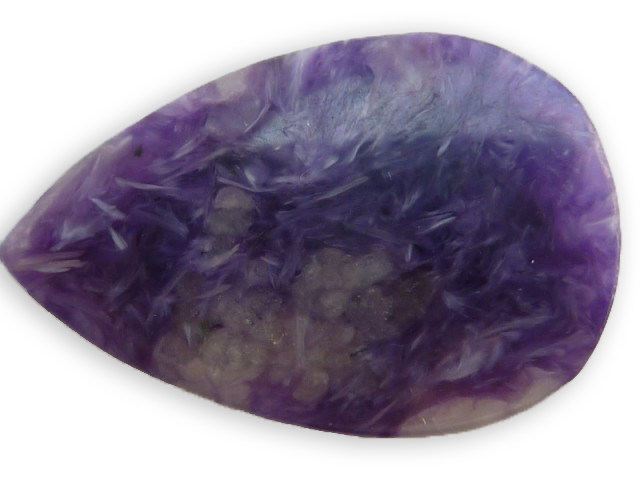
Aries
Je vous emmène à travers mes vidéos découvrir mon expérience acquise depuis plus de 30 ans a silloner le globe entier à la recherche de pierres précieuses, de rencontre mémorables mais aussi de difficulté parfois …
actualités
Categories

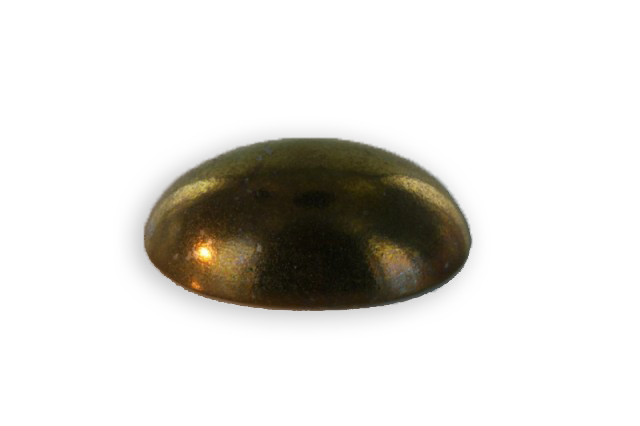
chalcopyrite
Its name comes from the Greek “chalcos”, which means copper and pyrite: this is a copper pyrites. It was identified in 1725 by Henckel. Chalcopyrite may contain gold in small quantities, it is then exploited for this precious metal.
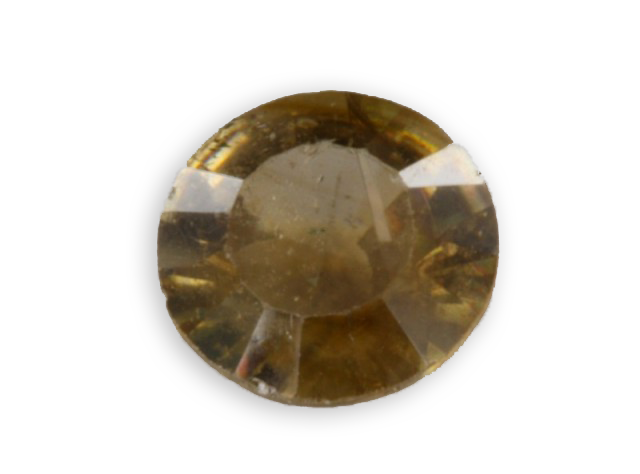
cassiterite
Its name comes from the Greek “kassiterôs”, tin, or the name of the islands “Cassiterides” that produced this tin ore in antiquity, very likely islands very close to present-day Spain that would have given their name to this tin mineral, cassiterite. It is the principal
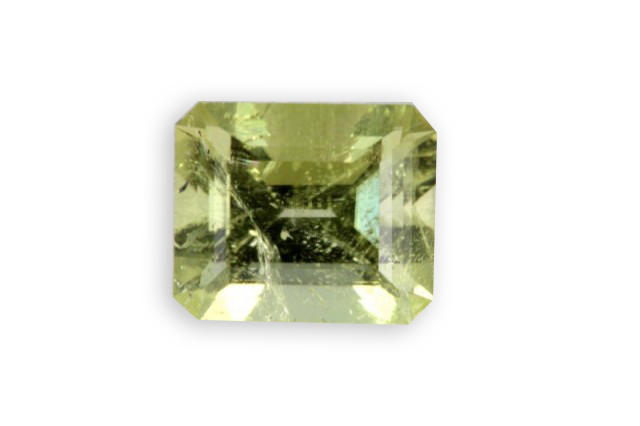
brazilianite
It is its discovery near the town of Conseilheira Pena, in Minas Gerais (Brazil) in 1945 by Pough, which gave its name (Brazil is written Brasil in Brazilian).
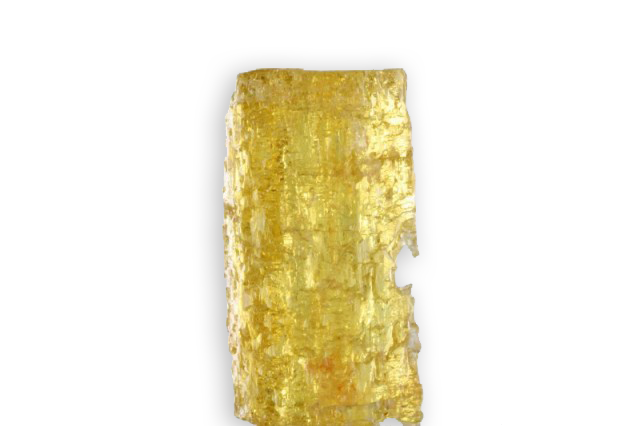
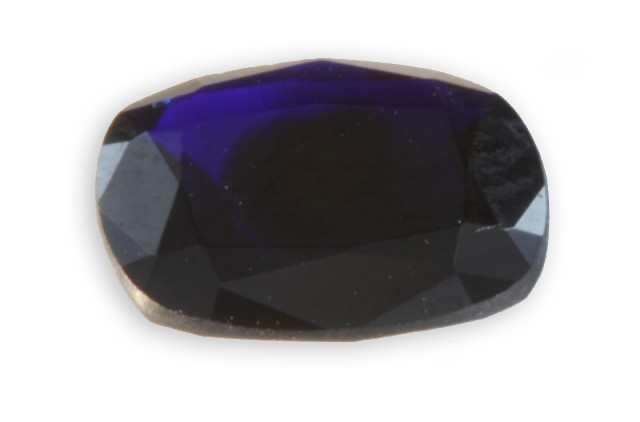
azurite
Discovered in 1824 by Beudant Chessy-les-Mines in France, azurite takes its name from its azure blue. It has been known since antiquity, it is a copper carbonate, which effervesces with acids. It is often associated with malachite, green, in copper deposits, as azurite turns into



